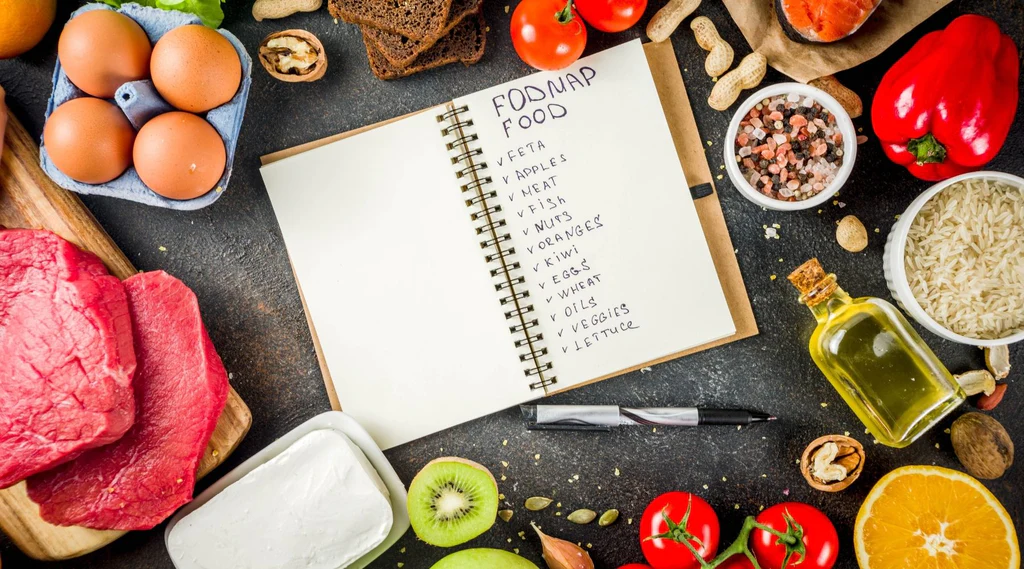If you have IBS (irritable bowel syndrome), a GI condition characterized by constipation/diarrhea, gas, and cramping, your doctor might have recommended following a low-Fodmap diet so as to minimize the symptoms.
A Fodmap diet is basically a 3-step diet that helps to manage symptoms of diagnosed IBS. The diet aims to assess whether IBS symptoms are sensitive to Fodmaps.
But low Fodmap eating may sometimes be both convoluted and confusing. Some sources advice drinking coffee, while others recommend not taking coffee.
Could it be a little easier and clearer to follow?
Well, it is high time to cover overlooked ways to make a low-Fodmap diet more doable.
How Low-Fodmap Diets Work
Unsurprisingly, it is a little complicated. The key goal is to determine which foodstuffs are more troublesome and in what amount so that you may be comfortable and safely create the best eating plan tailored according to your specific needs. Here is what to expect from every state of your low-Fodmap journey:
- Restrict high-Fodmap foodstuff – In this stage, you need to strictly avoid every high-Fodmap foodstuff. According to experts at Johns Hopkins Medicine, you can only do this for three to five weeks. Though how long it will take to relieve your GI symptoms solely depends on your general health.
- Reintroduce high-Fodmap foodstuffs – At this stage, you may begin reintroducing high-Fodmap foodstuffs after every three days. That is where working with a professional dietitian comes to play, as they may help you go through the entire process.
- Find what really works best for you – Immediately you have an idea of how your body really reacts to various high-Fodmap foodstuffs and the amount you may tolerate, you can now create a well-modified low-Fodmap diet you should follow in the long term. While in this phase, you may freely take foodstuffs, which won’t give you gastrointestinal distress and avoid or limit food that does. Getting to this point is an achievement and vital, not just for IBS symptoms but also for your general gut health.
What Type of Foodstuffs to Eat while on Low-Fodmap Diet
What you eat matters a lot, especially if you are on a low-Fodmap diet. Some of the foodstuffs you need to avoid on low-Fodmap diets include legumes, processed sugar, high-lactose dairy, and grains, including rye, barley, or wheat.
However, it is not all about restrictions. You may eat many foodstuffs on a low Fodmap diet, like fish, eggs, chicken, beef, celery, cucumber, tomato, spinach, raspberries, strawberries, Greek yogurt, avocado oil, and cheese, to name a few.
How Doctors Can Help
A dietary change may have a great impact on IBS symptoms. However, doctors usually use the services of therapists too. Antibiotics may quickly minimize the overgrowth of small intestinal bacteria, whereas low-dose antidepressants and laxatives can relieve symptoms linked to IBS.
A combination of stress management methods, medications, and dietary changes is usually the best approach. Determine also how you can work together with a professional doctor to know the IBS treatments, which is suitable for you.
The Takeaway!
Most foodstuffs containing Fodmaps are regarded as healthy, while some work as healthy prebiotic fibers, which support your gut bacteria. But for individuals with Fodmap intolerance, foodstuffs rich in high carbs may result in unpleasant digestive problems. If you often experience digestive upset lowering your quality of life, ensure you open the gates to a low-Fodmap diet.

